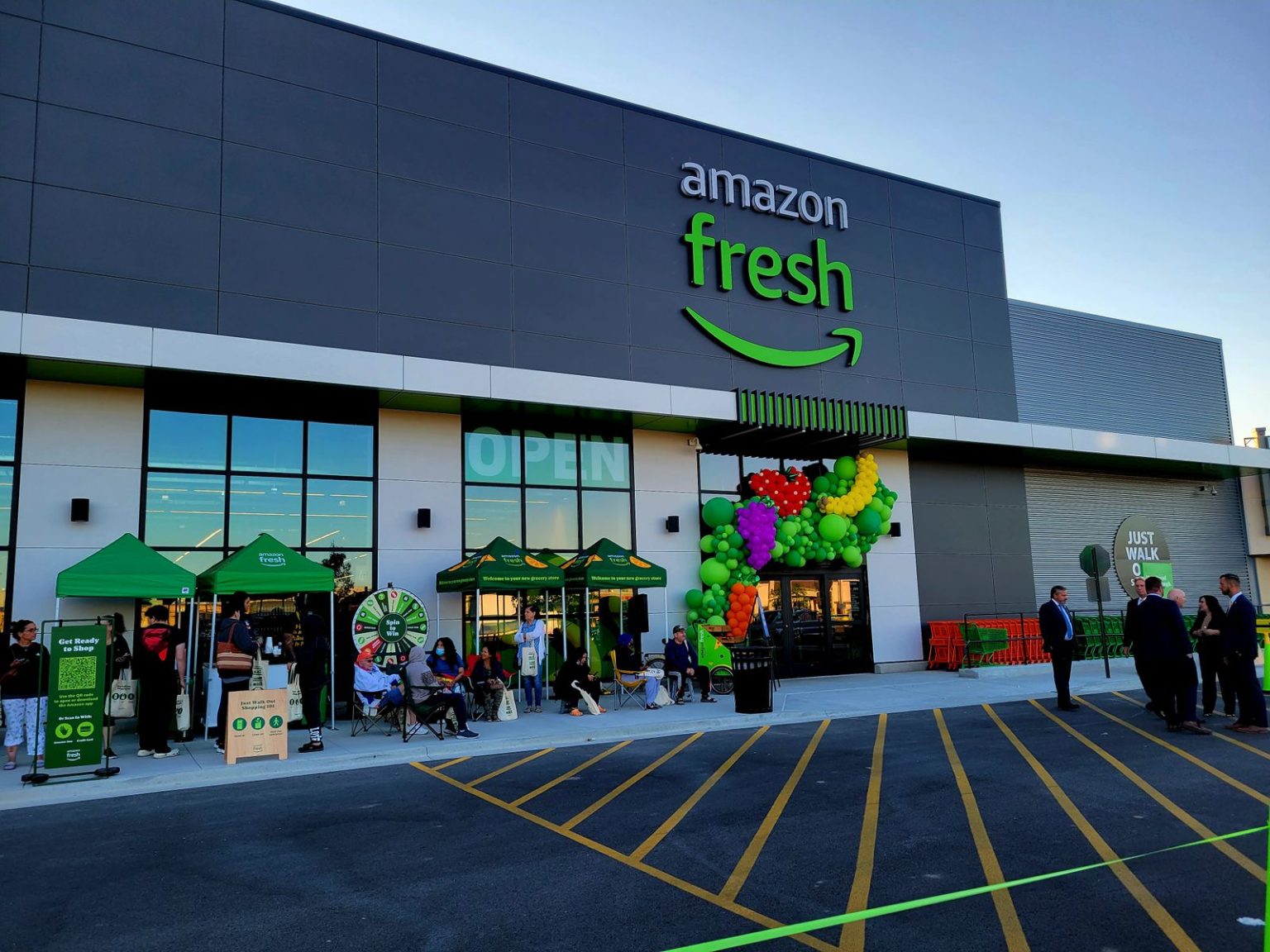Amazon is testing a bold new strategy to enhance its grocery operations by combining the fulfillment networks of its two grocery businesses: Whole Foods and Amazon Fresh. This move is part of Amazon’s ongoing efforts to increase its foothold in the highly competitive grocery market, which is currently dominated by retail giants like Walmart and Kroger. By blending these two distinct grocery brands, Amazon aims to streamline operations, broaden its product offerings, and create a more seamless shopping experience for customers.
A New Approach to Grocery Fulfillment
According to reports from The Wall Street Journal, Amazon has initiated several experimental steps that involve using Amazon Fresh fulfillment centers to ship Whole Foods products. This collaboration could lead to significant logistical improvements by utilizing Amazon Fresh’s expansive network of warehouses and delivery systems to handle inventory from Whole Foods. Specifically, Amazon has started shipping Whole Foods items from 26 Amazon Fresh fulfillment centers, aiming to enhance efficiency and reach more customers with faster delivery times.
In addition to this, Amazon is exploring the creation of a microfulfillment center at a Whole Foods location in Pennsylvania. This small-scale center would stock both Whole Foods products and Amazon Fresh grocery items, including household goods, aiming to streamline in-store operations while supporting online orders. The experiment is designed to bring a wider variety of products to consumers in a more efficient and integrated manner.
The “Amazon Grocery” Concept
One of the more intriguing elements of Amazon’s testing is the development of an experimental “Amazon Grocery” section inside a Whole Foods store in Chicago. This section would feature a broader range of products, including well-known grocery brands and items typically not found in Whole Foods’ upscale selection. By introducing this new shopping section, Amazon hopes to appeal to customers who want more variety, including national brands that aren’t traditionally associated with the premium image of Whole Foods.
The goal of these efforts is to offer a more convenient and consolidated shopping experience for customers, enabling them to purchase everything from organic produce to everyday products like Tide detergent and Cheez-It crackers in one place. This shift would help Amazon expand its grocery offerings and create a more cohesive shopping experience for both online and in-store customers. Amazon’s hope is that customers will be able to shop for all their grocery needs—from fresh food to household products—from a single platform, thus boosting the company’s presence in an increasingly crowded market.
A Competitive Push Against Walmart and Kroger
Amazon’s grocery ambitions have been a significant focus for the company, as it seeks to gain ground in the grocery market where established players like Walmart and Kroger dominate with their vast network of brick-and-mortar stores. These companies already use their physical locations to fulfill online orders, which gives them a competitive edge in terms of scale and delivery speed. By combining its Whole Foods and Amazon Fresh networks, Amazon aims to compete by offering a broader product range and more efficient logistics, all while leveraging its vast digital infrastructure.
The integration of these networks also represents Amazon’s ongoing efforts to increase the scale of its online grocery operations, particularly in a space where it’s still a relatively small player. While Amazon Fresh offers an affordable and wide array of products, Whole Foods is known for its premium offerings and high-quality organic options. By merging the best of both brands, Amazon hopes to appeal to a wider range of customers—those seeking both organic, specialty items and more affordable, everyday grocery goods.
Ongoing Developments in Amazon’s Grocery Strategy
These new tests are just the latest in a series of innovative moves by Amazon in the grocery and retail space. The company recently expanded its unlimited grocery subscription service, allowing customers to order as much as they need without additional delivery fees. Amazon has also introduced “Dash Carts”, which allow shoppers to scan items as they shop, further simplifying the shopping process and cutting down on checkout times.
However, not all of Amazon’s grocery innovations have been successful. The company has recently scaled back its Just Walk Out technology, which enabled customers to shop without needing to go through a traditional checkout process, and shut down some of its drive-up grocery stores. Despite these setbacks, Amazon continues to refine its grocery strategy, looking for the right mix of technology, logistics, and customer experience to solidify its position in the grocery market.
Conclusion
Amazon’s latest experiments, blending the operations of Whole Foods and Amazon Fresh, signal the company’s ambition to become a more formidable force in the grocery business. By creating more efficient fulfillment networks, offering a broader range of products, and improving the overall shopping experience, Amazon is positioning itself to better compete against established grocery giants. Whether these new initiatives will ultimately succeed in carving out a larger share of the market remains to be seen, but they represent a significant step toward Amazon’s goal of reshaping the future of grocery shopping.

